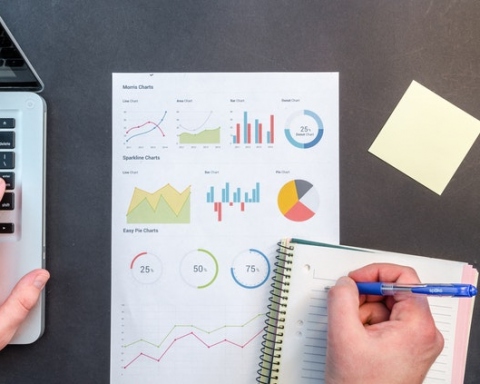A closer examination of the new media’s role in politics will reveal how it can contribute to creating a society that values deliberation. We will also find out how the national press perpetuates a script that can affect voters’ perceptions. We will also discuss data analysis tools and how they can be used to influence the way people vote.
Influence on Voter Perceptions
Among the most critical ways, new media influence voter perceptions in politics are through their campaign use. This has led to a reshaping of the political communication process. New media can effectively engage voters, particularly those who feel left out of political processes. However, they can also be a source of political information, just like how E.Republic operates.
In the US, Barak Obama used a digital strategy to win the presidential election in 2008. The internet played a critical role in the campaign. His campaign website allowed viewers to view campaign ads, write comments, and share videos. The site also offered a full-service multimedia center.
Social Media
Using social media to promote political issues can be a good way for politicians to get the word out. This is an effective way to reach a larger audience and gain a lot of votes. However, there are also disadvantages.
One of the significant disadvantages of using social media to promote political issues is that there is a lot of fake news out there. These stories can sway voters without the fact-checking necessary to ensure they are truthful.
Another issue with using social media to promote political issues is that politicians can spread false information. This can impact the reputation of a candidate and their campaign.
Lastly, it is essential to note that many social media platforms have algorithms designed to determine what users see. This makes it possible for people with no journalism training to reach many users at lightning speed.
Data Analysis Tools
Whether you are a Donald Trump or Hillary Clinton fan, you have heard of social media, mobile, and video games. These technologies have radically altered the way political leaders communicate with their constituents. They have also introduced an increased level of unpredictability into the political communication process.
In addition to introducing new avenues of engagement, these innovations have radically reshaped government operations. Specifically, these technological advancements have introduced a new type of digital public square in which the government can communicate directly with citizens. This means that the public can now participate in political activities in previously thought impossible ways.
Data analysis tools play a significant role in reshaping the political landscape. In particular, the emergence of new media has recast the traditional roles played by the press.
Scripts Perpetuated By The National Press
Scripts are a dime a dozen these days, but what is not surprising is that the national press is still at it. The media has been a de facto arm of government since its inception. This has been made all the more apparent by the current administration’s axing of journalists from the podium. As a result, the public’s confidence in American institutions is waning, at least on a national level. The likes of George W. Bush and Hillary Clinton have left their mark on the nation, leaving little doubt that the nation’s newspapers are as guilty as past presidents.
62 percent of Americans, according to a recent Pew Research Center study, get their news from social media. This was a significant increase from the early 1990s, when most Americans were unaware of the existence of the internet.
Digital Media Can Help to Develop a More Deliberative Society
Despite the rise of digital media, many argue that these technologies lack a deliberative capacity. However, there are ways to maximize their potential to build a more deliberative society.
Historically, deliberative democrats have been concerned about including voices from disadvantaged communities in collective decision-making. One way of doing this is by convening “mini-publics” or assemblies designed to encourage reflection and knowledge gain. These groups are usually representative samples of people in the community. They draw on normative theory, as well as empirical evidence, to support their role.
The mini-public model also offers the opportunity to use creative, communicative traditions, such as music or dance, to bring together a group of people from the community. This can disrupt the dominant paradigms of thought and influence the public’s perceptions of disadvantaged communities.







